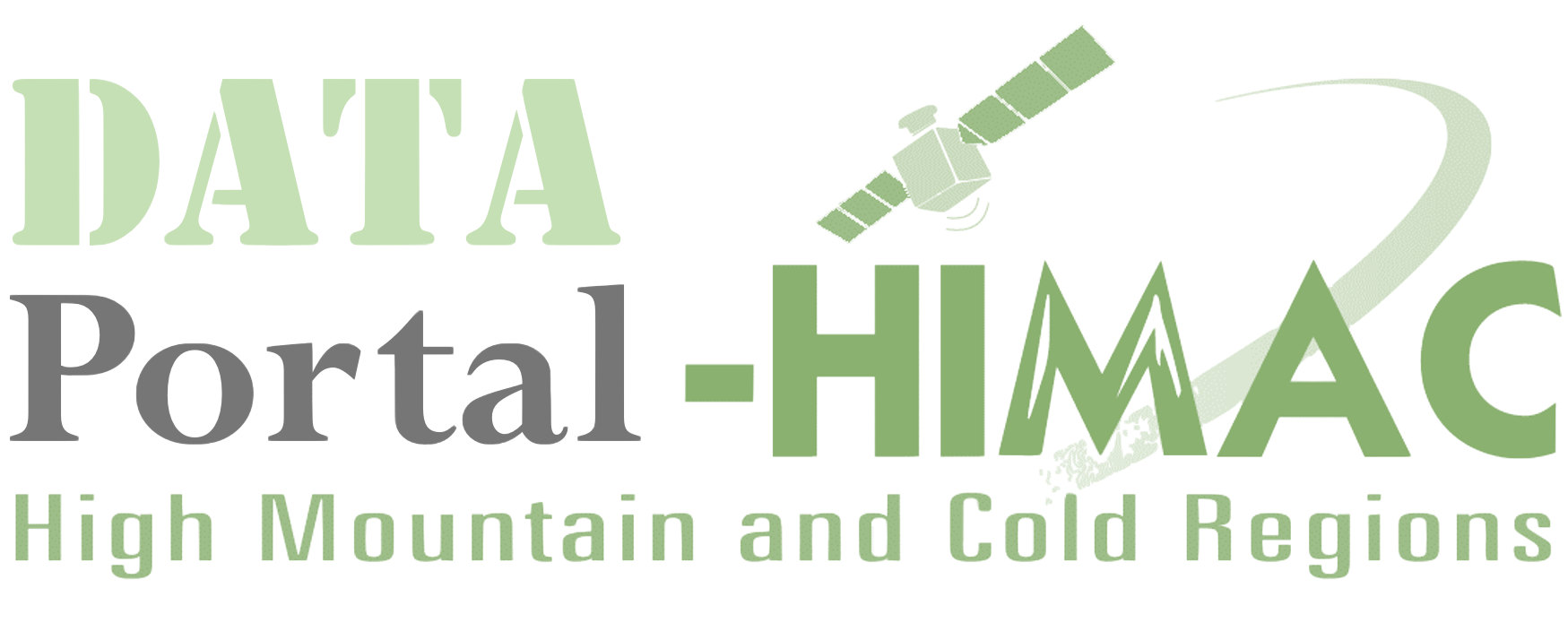With abundant types and large coverage of alpine vegetation, the Tibetan Plateau has been a hot region for researches on the spatial distribution and phenological changes of alpine vegetation. Using the MODIS Surface Reflectance Product as the main data source, supplemented by Landsat images, meteorological data and field measurements, we obtained a phenological metrics dataset of alpine grasslands, a land cover types map for Tibetan Plateau and an alpine aboveground grassland biomass dataset for Qinghai Lake Basin. Major research methods and outcomes of this study include: ①Based on NDVI time series derived from the MODIS Surface Reflectance Product, threshold method was used together with a symmetric Gaussian function to extract phenological metrics. The phenological metrics dataset of alpine grasslands (2000 – 2010) generated therefrom showed more spatial and temporal details than phenological products derived from AVHRR GIMMS. ②With phenological and biophysical metrics extracted from sample data, we applied the support vector machine (SVM) on MODIS images to get the classification of land cover types over the Tibetan Plateau, thereby creating a land cover types map for Tibetan Plateau (2010). Results showed that the map had a classification accuracy of 93%, higher than the published National Vegetation Atlas. Besides, the newly-created land cover types map had a clearer and smoother transition from alpine meadow to alpine steppe. ③Based on MODIS and Landsat TM images, the alpine aboveground grassland biomass dataset (2000 – 2015) for Qinghai Lake Basin was obtained by using STARFM data fusion algorithm and non-parameterized SVM biomass estimation model. The dataset had an estimated precision of 82%. The three datasets can serve as fundamental data for studies on vegetation over Tibetan Plateau, providing references for related scientific researches.
